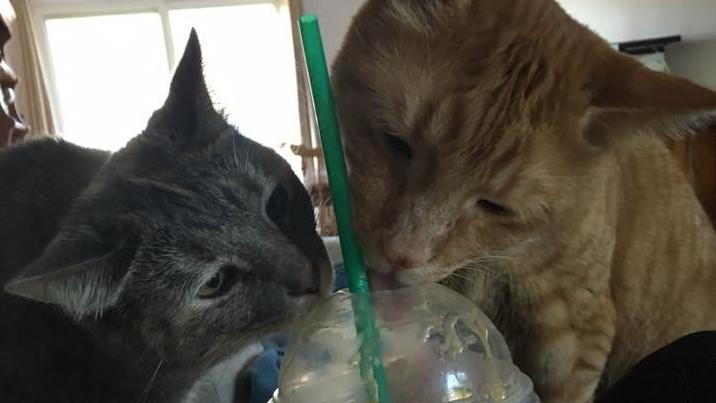November is Diabetes Awareness Month

- posted: Nov. 07, 2021
November is Diabetes Awareness Month
November marks diabetes awareness month for pets. Symptoms of diabetes include excessive thirst and urination, though weight loss, vomiting and other problems can occur. It is common in middle aged and older pets and obesity can increase the risk of diabetes in cats and dogs.
Diabetes occurs when cells cannot utilize glucose, one of the main sources of fuel for the body. In order for glucose to enter cells, insulin is necessary. Insulin is produced by an organ called the pancreas. If the pancreas fails to produce enough insulin or if insulin is not recognized by the body’s cells, glucose cannot enter the cells and it remains circulating in the blood. The kidneys cannot regulate the large amount of glucose and increased fluid loss causes excessive thirst and urination. Because the body can’t utilize glucose, it starts to break down fat and protein which causes hunger and weight loss—essentially the body is starving even though excess glucose is available.
Dogs typically have what is termed insulin dependent (Type I) diabetes. The pancreas loses insulin producing cells and cannot make enough insulin. The only treatment is to start insulin injections. This sounds scary, but most dogs tolerate treatment very well.
Cats typically have non-insulin dependent (Type II) diabetes. Their pancreas produces some insulin, but in insufficient amounts or their cells may be unable to recognize and use insulin. Nearly all cats still require insulin injections, but, in some cases, the pancreas may start producing more insulin with treatment and cats may go into “remission” and no longer need insulin after a period of time. Remission rates are reported to occur in anywhere from 17-67% of cats. Some cats in remission can relapse and may need to resume insulin injections.
Several types of veterinary and human insulins are used to treat pets. The type used may depend on if the patient is a cat or dog, cost of the drug and the veterinarian’s personal experience. Some types work better in cats, some work better in dogs. Nearly all pets need insulin twice a day.
Diet may also help with regulation. Dogs tend to regulate better on high fiber diets. Cats require good quality canned cat food which is high protein/low carbohydrate.
Diabetes is treatable if caught early, though long-term injections and frequent blood monitoring are required to keep pets healthy. Home glucose monitoring devices such as a glucose meter or Freestyle Libre system can be used to manage a pet’s diabetes. If a patient is difficult to regulate, additional bloodwork or testing may be required to check for secondary diseases. Dogs sometimes have another condition called Cushing’s disease in conjunction with their diabetes. Cats may have a growth hormone problem known as acromegaly. Unspayed female dogs and cats may also be difficult to regulate due to hormonal influences. Serious complications like diabetic ketoacidosis can occur in pets who are not treated or properly regulated.
Keeping pets at a normal body weight and having annual checkups and bloodwork-especially as pets get older-can reduce the risk for diabetes or help catch it early. While most pets will require lifelong treatment, diabetics can live normal healthy lives.
If your pet has symptoms of diabetes like unexplained weight loss and increased drinking and urination, talk to your vet about blood glucose screening.
This blog brought to you by the Patton Veterinary Hospital serving Red Lion, York and the surrounding communities.
https://www.dvm360.com/view/cvc-highlight-what-influences-diabetic-remission-cats
https://catvets.com/diabetes-toolkit/faqs
https://veterinarypartner.vin.com/default.aspx?pid=19239&id=4951506
Location
Patton Veterinary Hospital
425 E Broadway
Red Lion, PA 17356
